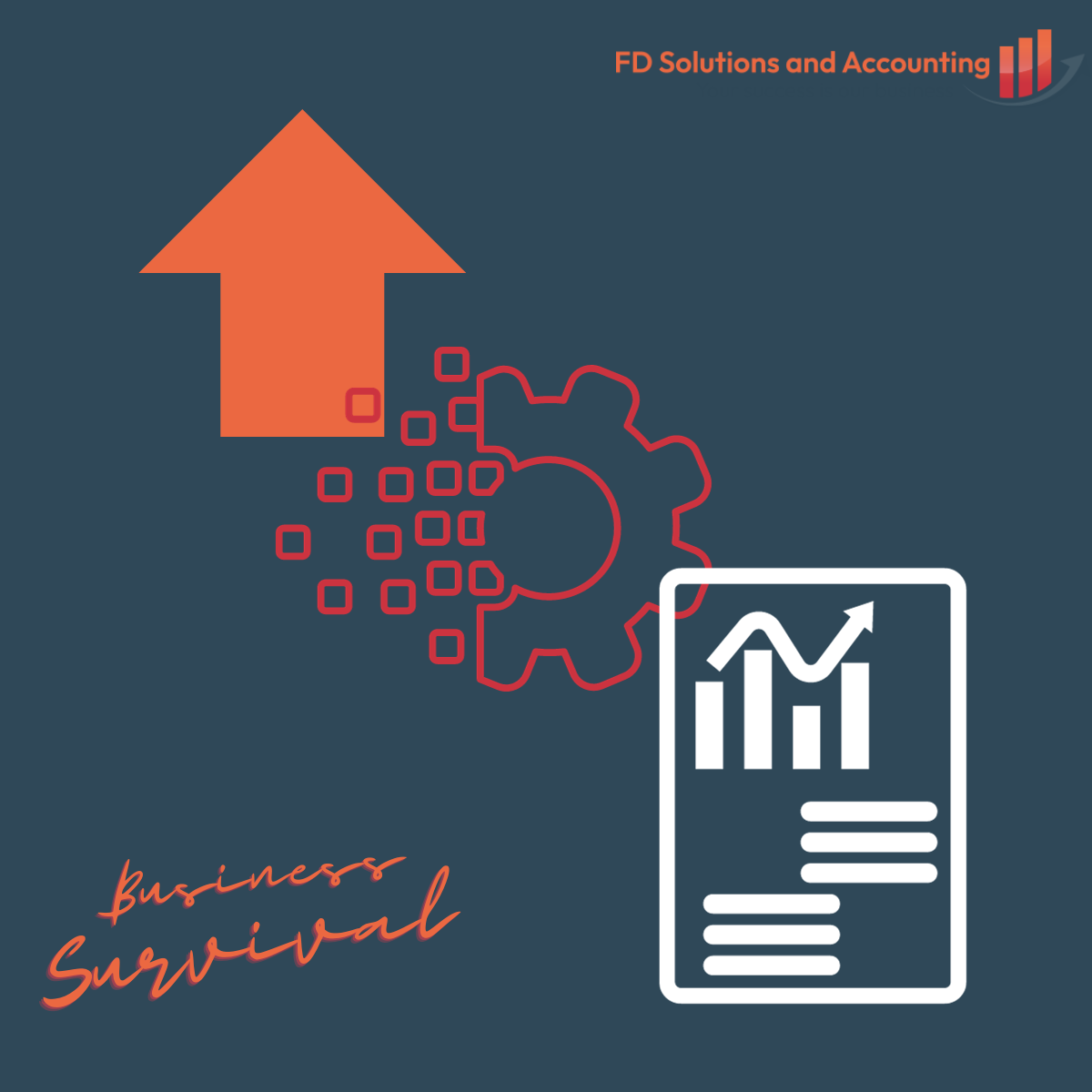Business Turnaround of a family business
Our founder Fractional Finance Director David has carried out business turnarounds of varying size companies helping them overcome their financial challenges. He refers to the most rewarding business turnaround as being the help he gave to a small family self-storage and courier business. This had been in existence for three generations and was the whole family’s livelihood. A modest business which if it collapsed completely would have seen the family lose everything.
The business was saved from closure and continues to be a success.
This family business was in financial difficulties and on the brink of either contracting significantly or closing. David was asked to assist in that process. Before making changes he persuaded the owners to carry out a detailed analysis of product profitability. They listed every item, its cost and selling price (own and competitor). The business owners discovered that many lines were already viable and that prices could be increased to closely match local competitors. A similar list of fixed overheads was prepared, which when used in conjunction with the product line profits established the level of sales required to breakeven. Although challenging this was felt to be achievable which was helped by productivity improvements from increasing rentable storage space and more efficient courier route planning.
Customer contracts for both businesses were reviewed and updated where applicable. For the self-storage business processes were amended to ensure all new customers had agreed these by signature before depositing items.
Customer credit terms were reduced in line with industry standards to aid cash flow. For example the date monthly storage rental was invoiced was changed from arrears to advance together with non payment, leading to the disposal of items happening several months sooner. Much of the debt collection process (reminder letters) was automated using Xero accounts.
The extra cash generated helped offset a compensating reduction in credit days which some suppliers had imposed and to gradually repay long overdue amounts to others.
A trading and cash forecast was created which included scenario modelling. Actual performance was subsequently plotted against this with any variances investigated. This involved the design and preparation of monthly management accounts for both the self-storage and courier businesses. Together with financial amounts, the management accounts also included key performance indicator ratios such as gross profit margin and debtor payment days.
To improve efficiency, time saving cloud based accounting software and operational improvements e.g. improved courier route planning were introduced and the use of Paypal to aid swift customer invoice payments.
Through the hard work of family members, using reliable, timely financial information the business produced a small profit in its first year which has continued every year since.

